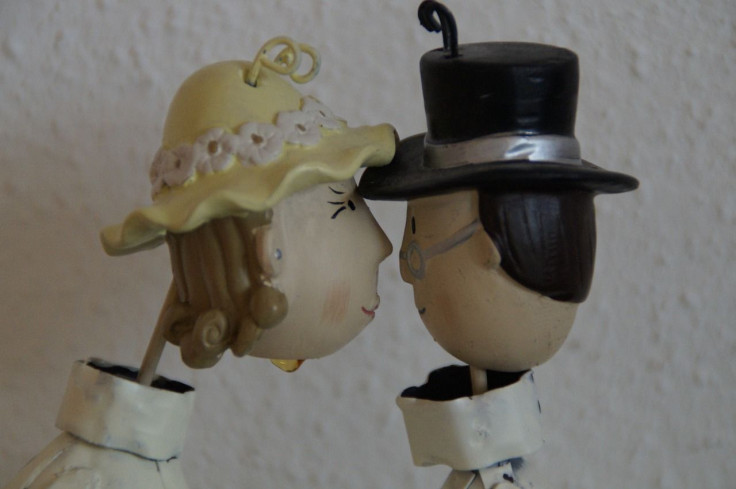Is Beauty In The 'Eye Of The Beholder?' Personal Experience Shapes Perception Of Physical Attractiveness

The old adage “beauty is in the eye of the beholder” is one of the most common phrases to pop up when friends and family disagree about what celebrity is hot or not. However, our opinion may be shaped more by our personal experiences than just the universal standards of beauty, according to a recent study published in the journal Current Biology.
There are some aspects of attractiveness that are universal. For example, most of us have a preference for faces and bodies that are symmetrical because they are indicators of good health. However, we disagree with each other half the time when it comes to relative attractiveness of faces.
"We estimate that an individual's aesthetic preferences for faces agree about 50 percent, and disagree about 50 percent, with others," said joint leaders of the study, Laura Germine, of Massachusetts General Hospital and Harvard University, and Jeremy Wilmer, of Wellesley College, in the press release. "This fits with the common intuition that, on the one hand, fashion models can make a fortune with their good looks, while, on the other hand, friends can endlessly debate about who is attractive and who is not."
So why do we all have different types when it comes to our perception of physical attractiveness?
To answer where our disagreements over facial attractiveness come from, Germine and Wilmer and their colleagues studied the face preferences of over 35,000 volunteers who visited their science website, Test My Brain. The researchers used the insights gained to formulate a test of the uniqueness of an individual’s facial preferences. The preferences of 547 pairs of identical twin and 214 pairs of same-sex, non-identical twins were tested by having them rate the attractiveness of 200 faces. Comparisons between identical and non-identical twins allowed the researchers to determine the influence genes and environments have on perceived facial attractiveness.
The findings revealed facial preferences, or "types," are largely based on personal experiences like social environments, not genes. Moreover, these experiences are unique to each individual. For example, environments shared by those who grow up in the same family are not indicative of personal preference. Rather, it is the individual, unique, and highly personal experiences with friends or peers, social and popular media groups, that play a larger role when it comes to mate selection or preference.
Earlier this year, a study published in the journal Psychological Science, found beauty really does lie in the eye of the beholder when it comes to friends becoming lovers. The researchers saw when “strange-first” partners began dating within a month of first meeting, they were more likely to have similar levels of physical attractiveness. However, this was not true for “friends-first” partners who had known each other for a long time. Researchers suggest the experience of being friends before lovers, allowed couples to overlook what others would see as the “less desirable” physical features of their future partner.
Well, Rae Sremmurd, it seems there is no such thing as “I ain’t got no type.”
Sources: Germine L, Russell R, Bronstad M et al. Individual Aesthetic Preferences for Faces Are Shaped Mostly by Environments, Not Genes. Current Biology. 2015.
Hunt LL, Eastwick PW, and Finkel EJ. Leveling the Playing Field: Longer Acquaintance Predicts Reduced Assortative Mating on Attractiveness. Psychological Science. 2015.
Published by Medicaldaily.com



























